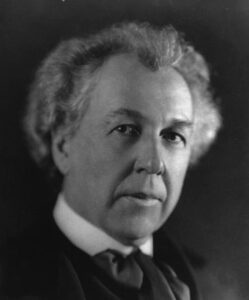 Frank Lloyd Wright has been called the greatest American architect of the first half of the Twentieth Century. During a career that spanned seven decades, he worked on over a thousand projects, five hundred of which were built. Many of his structures are still studied by students from all over the world.
Frank Lloyd Wright has been called the greatest American architect of the first half of the Twentieth Century. During a career that spanned seven decades, he worked on over a thousand projects, five hundred of which were built. Many of his structures are still studied by students from all over the world.